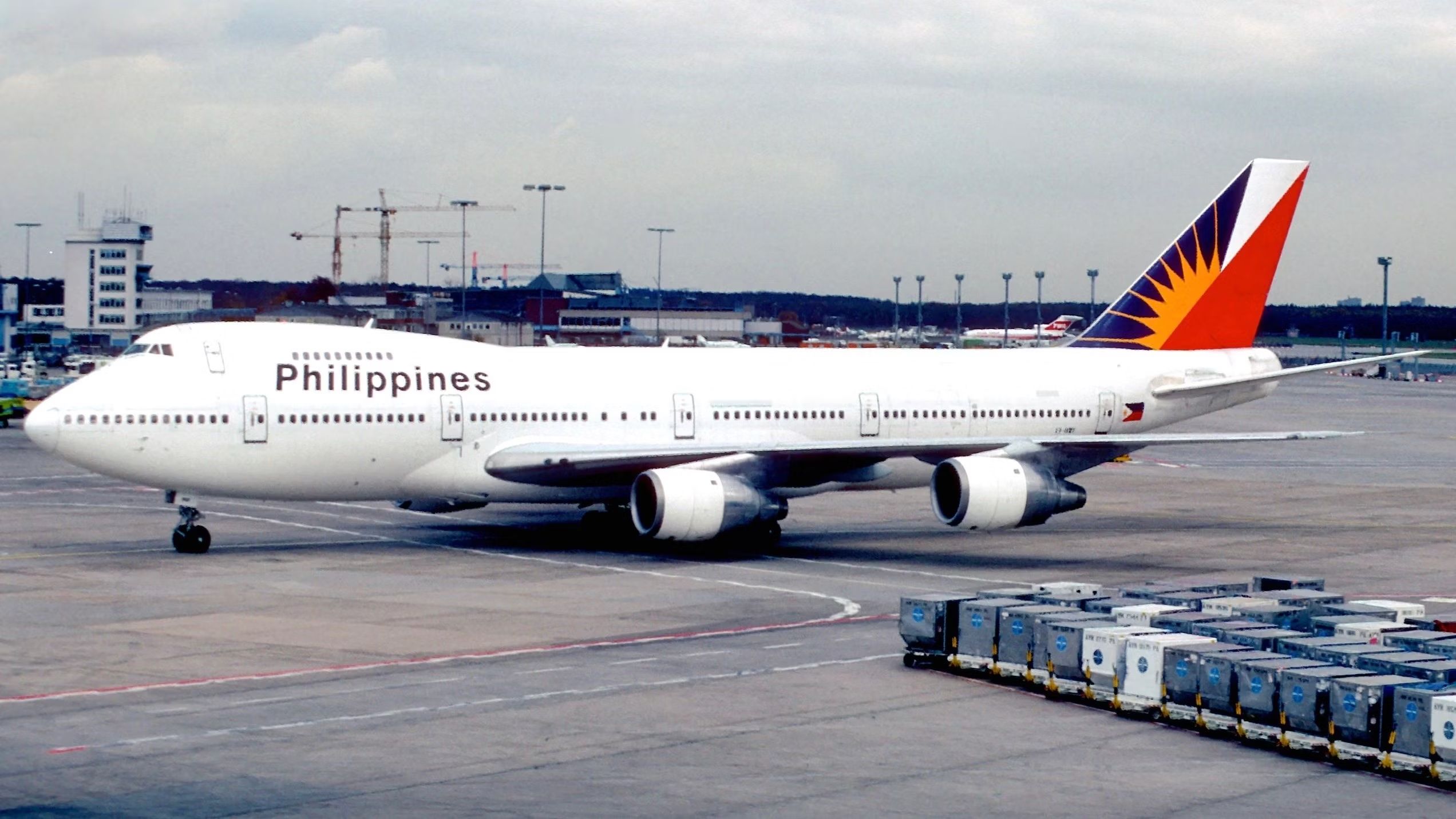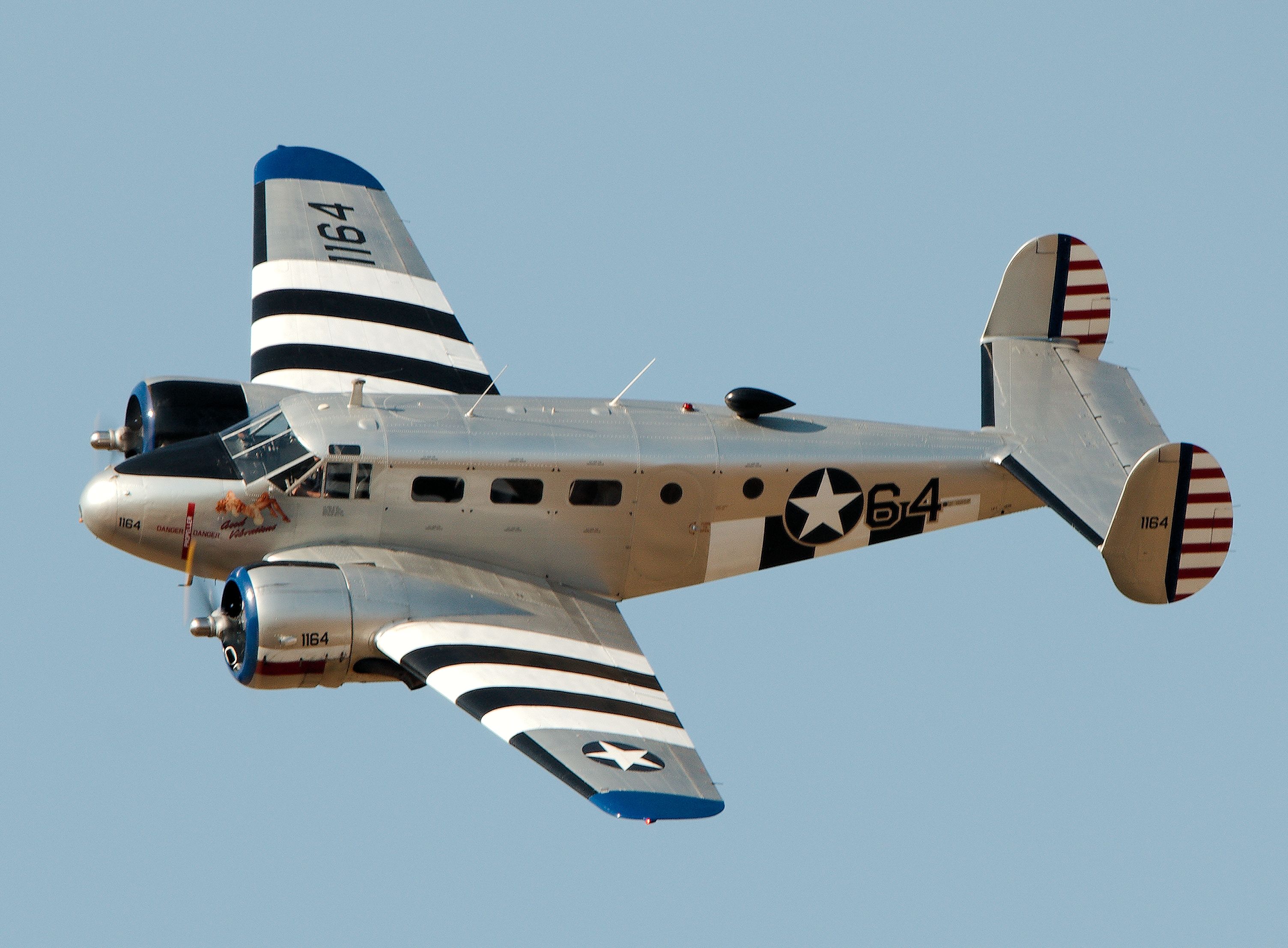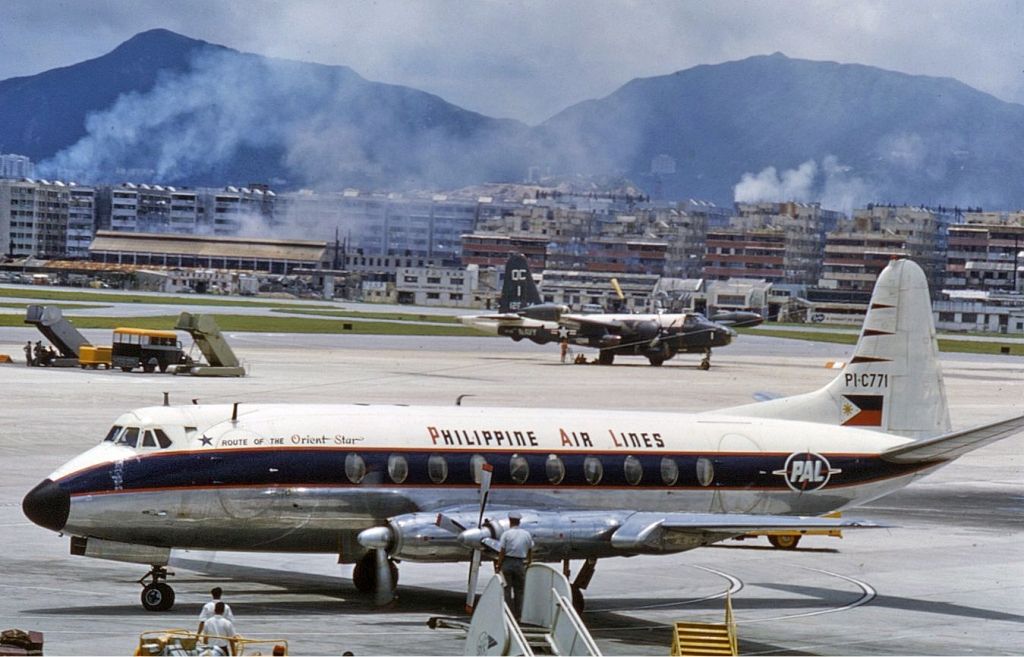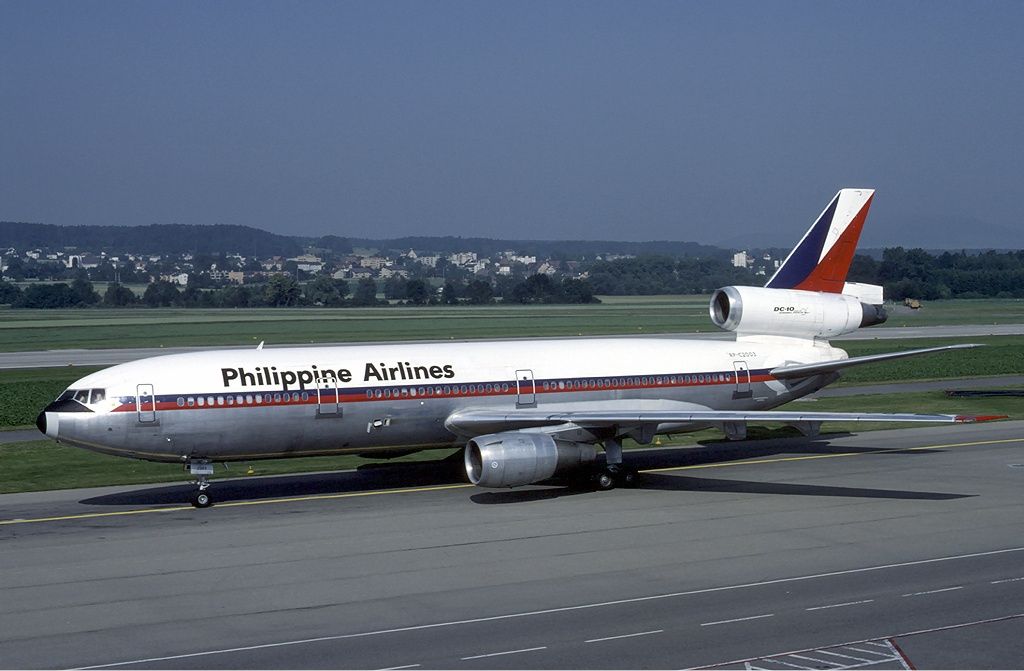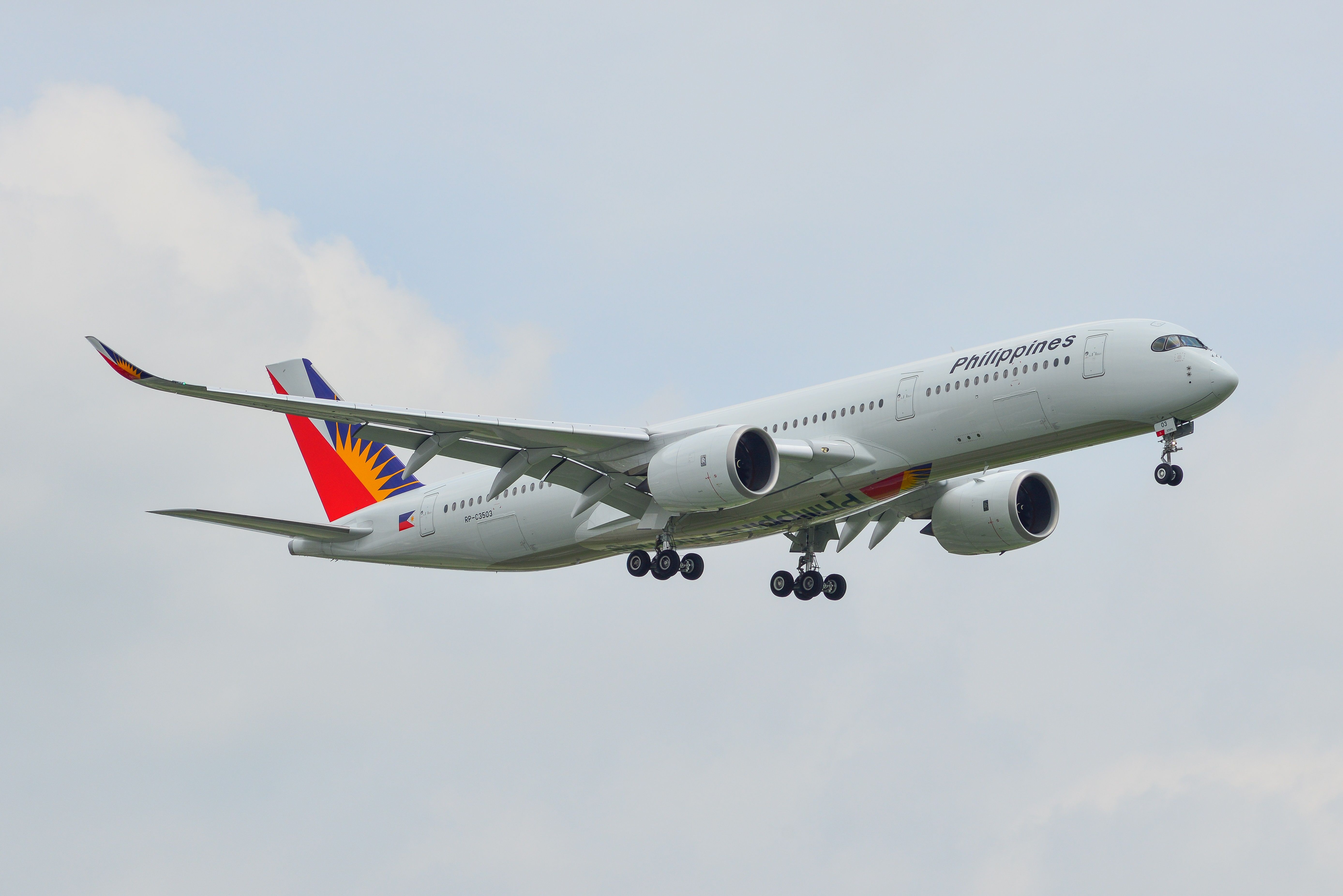Summary
- Philippine Airlines, headquartered near Manila, has operated under the same name for over 80 years since its founding in 1941.
- The airline operates out of its hub at Ninoy Aquino International Airport (MNL) in Manila and serves 73 different destinations.
- Currently, the fleet consists of 49 Boeing and Airbus jets, with plans to modernize both its narrowbody and widebody fleets.
Philippine Airlines (PAL), the flag carrier of its namesake East Asian island nation, is headquartered at the PNB Financial Center in Pasay, just south of Manila, the nation's capital. The airline maintains a rich heritage and has operated throughout the better part of the country's history.
Fascinatingly, the airline has operated for over 80 years under roughly the same name since its founding in 1941. Before 1970, the carrier was known as Philippine Air Lines and today operates as Philippine Airlines, standing as the oldest carrier on the Asian continent to operate under its original name.
The airline, which centers its operations out of its hub at Ninoy Aquino International Airport (MNL) in Manila, operates a fleet of 49 Boeing and Airbus jets. In conjunction with its regional subsidiary, Philippine Airlines Express, the carrier serves 73 different destinations. In this article, we will take a deeper look at the history behind one of Asia's oldest flag carriers.
One central hub
Like most legacy carriers, PAL's operations center around a singular hub airport with a few secondary hubs. MNL is still commonly referred to as Manila International Airport and is the primary airport serving Manila and its surrounding metropolitan area. Philippine Airlines has three secondary hubs at the following airports:
- Mactan–Cebu International Airport (CBE) in Cebu
- Bangoy International Airport (DVO) in Davao
- Clark International Airport (CRK) in the province of Pampanga
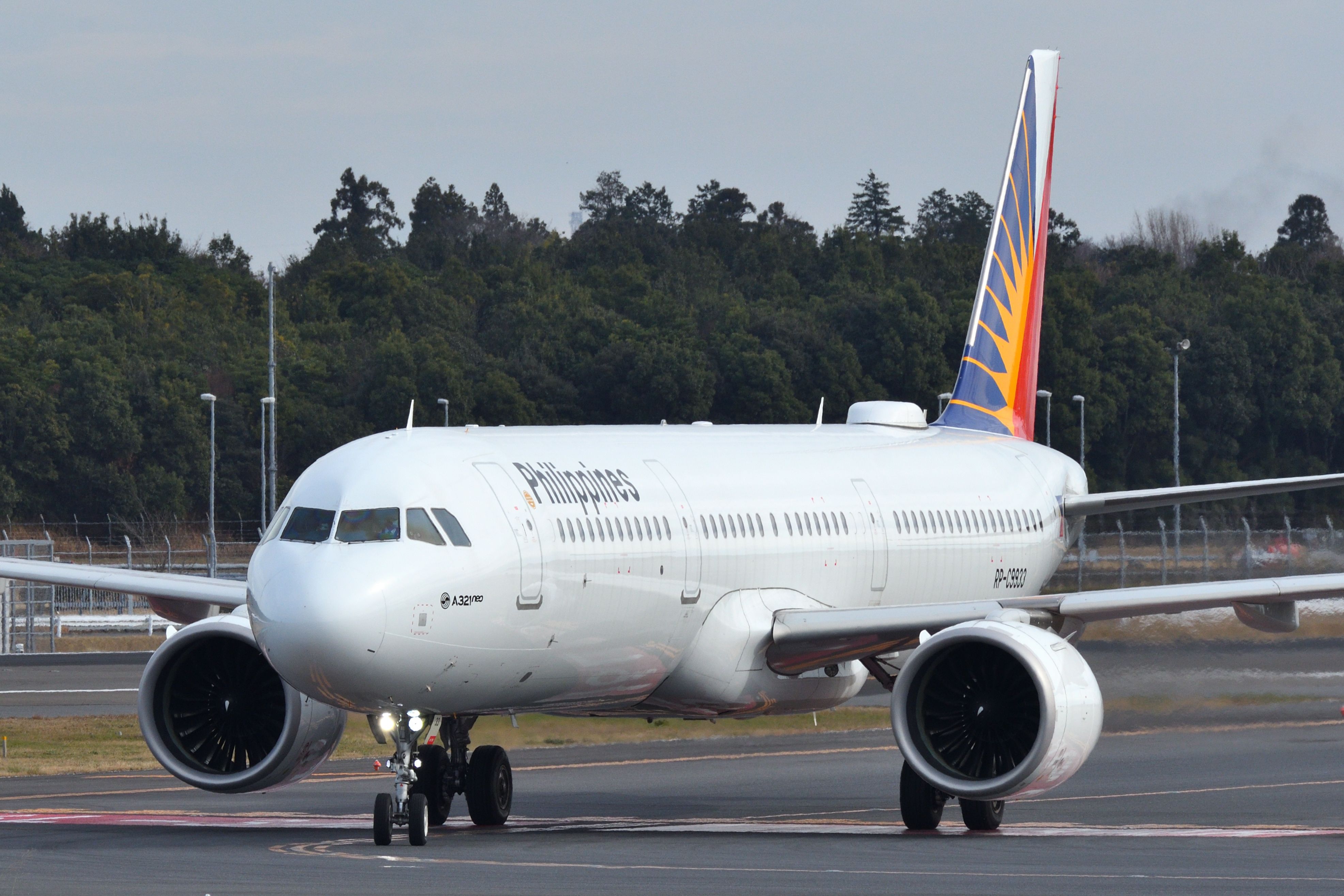
Philippine Airlines Reintroduces Another Airbus Narrowbody
The aircraft is back operating short-haul international flights.How Philippine Airlines got started
Headed by leading industrialist Soriano Sr. and a group of Philippine businessmen, the group purchased the Philippine Aerial Taxi Company in 1941. Immediately renaming it Philippine Air Lines (PAL), the company's first flight took place on March 15, 1941, with a single Beechcraft Model 18 NPC-54, like the plane pictured below. The aircraft carried two pilots and five passengers from Manila to Baguio on its maiden flight, according to SeatMaestro.
Following the surprise Japanese attack on Pearl Harbor on December 7, 1941, Japan attacked the Philippines a day later. After an intense aerial bombardment, ground troops came ashore north and south of the capital, Manila. On December 8, 1941, the two Model 18s and their pilots were pressed into military service to evacuate American fighter pilots to Australia.
Get all the latest aviation news right here on Simple Flying!
After a break of five years, Philippine Air Lines (PAL) resumed service on February 15, 1946, with five Douglas DC-3s that it used to fly to 15 destinations within the Philippines. In the summer of 1946, PAL became the first Asian carrier to cross the Pacific when, on July 31, 1946, it flew a chartered DC-4 from Manila to Oakland, California.
With stops at Wake Island, Johnston Atoll, and Honolulu, PAL flew 40 American soldiers back to the United States. PAL started a regular service between Manila and San Francisco following the flight's success five months later.
Now with more DC-4s, PAL commenced service to Europe in 1947 but then suspended all flights to Europe, Japan, and the United States at the request of the Philippine government in March 1954. After five years, the flights were resumed as PAL was busy expanding its Asian network with Convair 340s. PAL then entered the age of turboprops when it replaced its Convair 340s with the Vickers Viscount 784.
PAL enters the jet age
With a lone Boeing 707, PAL entered the jet age in the 1960s and later replaced the 707 with Douglas DC-8 aircraft leased from KLM Royal Dutch Airlines. It was roughly around this time that the carrier also began to introduce the BAC 1-11 for domestic services, according to the airline.
It used the DC-8s for long-haul flights to Europe and the United States, while the main aircraft in its fleet continued to be the Douglas DC-3 used for domestic routes. PAL continued to expand, receiving its first Douglas DC-10 in July 1974, with the Boeing 727, the Boeing 747, and the Airbus A300 arriving three years later.
According to Airways Magazine, the airline was heavily impacted by the Asian financial crisis (1997–1999) and was forced to cut back, laying off hundreds of employees. This led to disputes between the airline's owners and the employee's union, forcing PAL to suspend all flights for two weeks. Hong Kong's Cathay Pacific took up all of PAL's international and domestic routes during the shutdown. Following continued losses, PAL submitted its amended rehabilitation plan to the Philippines Securities and Exchange Commission in 1999.
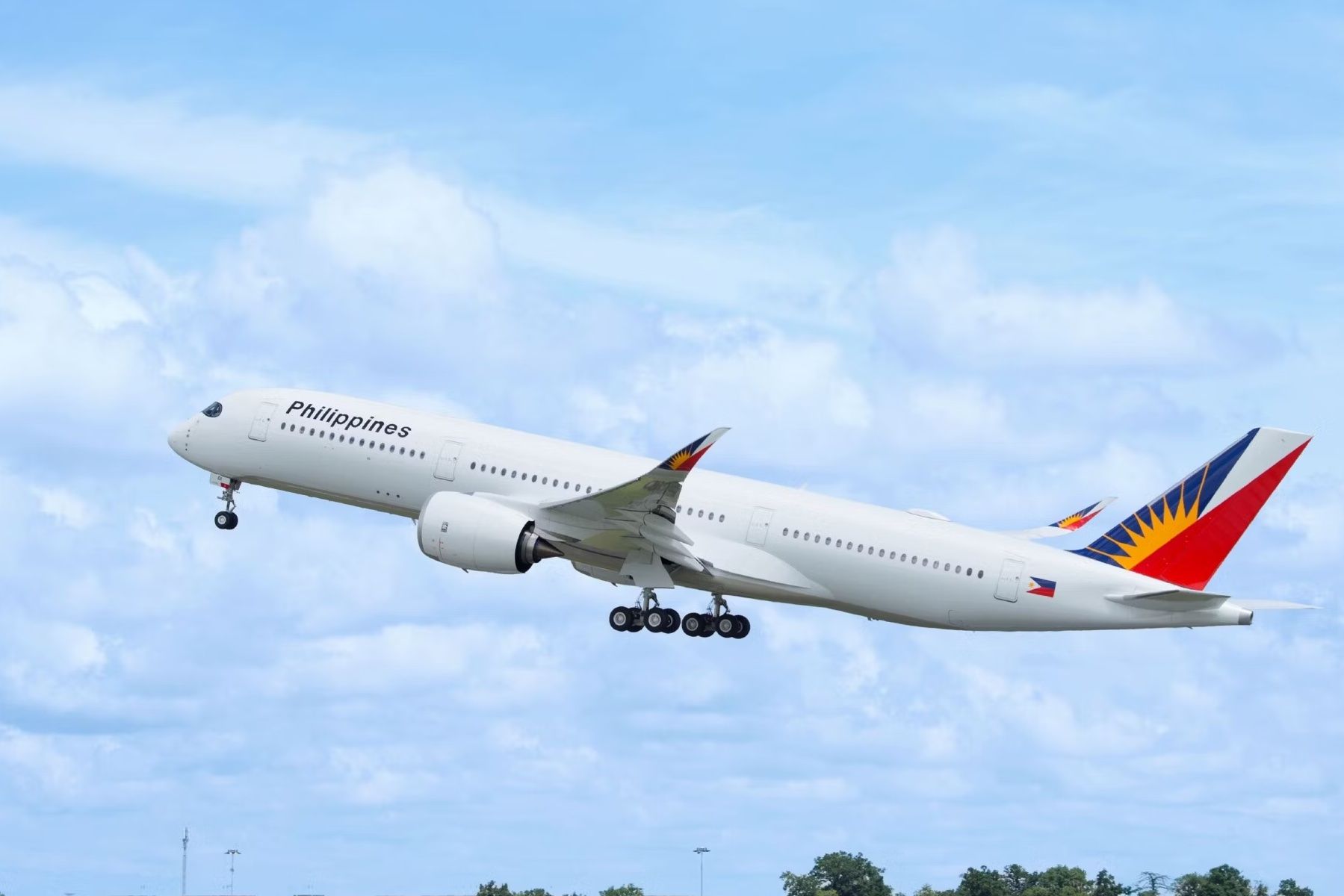
Singapore Airlines And Philippine Airlines Sign New Codeshare Partnership
Singapore Airlines and Philippine Airlines are unlocking more destinations through a new codeshare partnership.With the help of Lufthansa Technik Philippines (LTP), PAL returned to profitability before again suffering after the terrorist attacks on the World Trade Center on September 11, 2001. PAL successfully exited from receivership in 2007, struggled during the pandemic-induced downturn, and now, like carriers around the globe, is beginning to face the challenges of a new post-pandemic world of commercial aviation.
The current fleet
According to the aviation and statistics database Ch-Aviation, the Philippine Airlines mainline fleet consists of 53 different aircraft. The airline's narrowbody fleet consists entirely of Airbus twinjets, while the airline's long-haul fleet is split between Boeing and Airbus planes.
The airline's primary narrowbody is the Airbus A321-200 (also known as the A321ceo), of which the carrier operates 18 units, jets that are equipped with 199 seats in a two-class configuration. The airline is set to modernize its narrowbody fleet in the coming years, with 8 A321neos already in the fleet with another 13 on order, aircraft that will have 168 or 195 seats spread across two classes.
In terms of widebody jets, the airline operates 12 of the Airbus A330-300 with 309 or 363 seats spread across business, premium economy, and economy class cabins. The carrier also flies 9 Boeing 777-300ER jets, with a further two on order from the manufacturer, aircraft that are equipped with 370 seats in a two-class configuration.
The modernization of the airline's long-haul fleet is also on the horizon, with a pair of 295-seat Airbus A350-900 jets already in service. The carrier is also awaiting nine A350-1000 jets from manufacturer Airbus, for which deliveries are slated to begin in 2025.
Have you ever flown with Philippine Airlines? If so, please tell us what you think of them in the comments.

